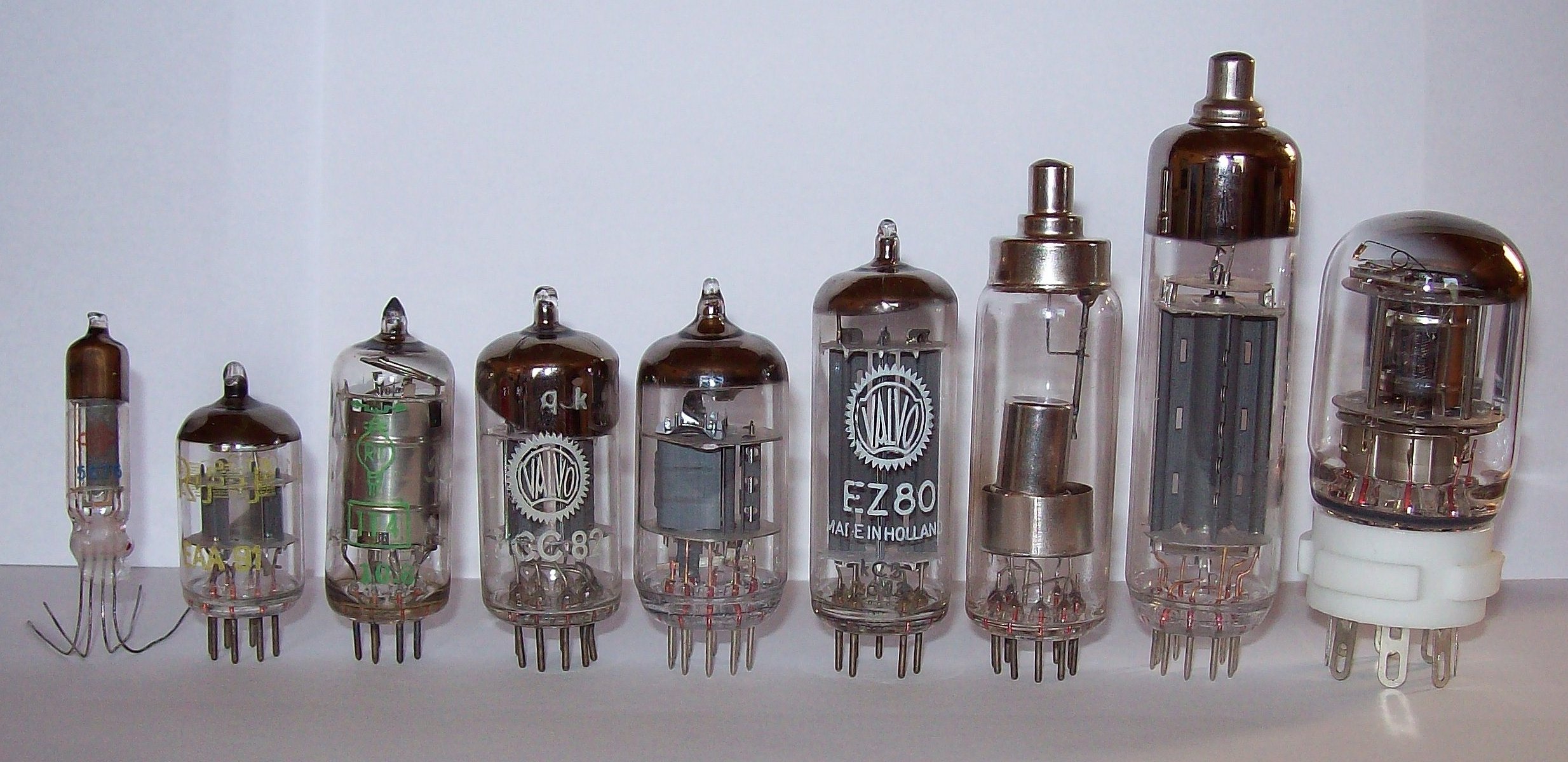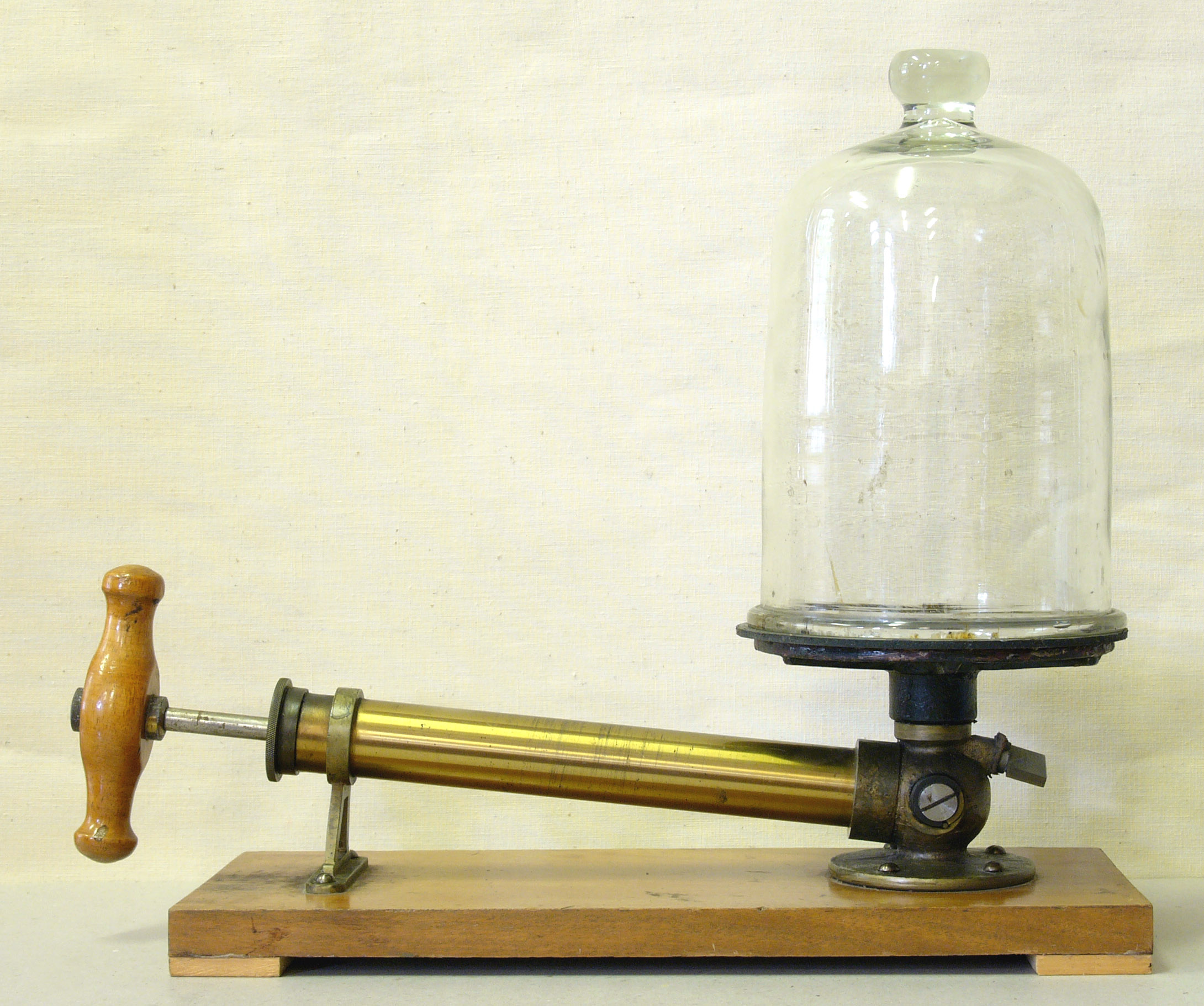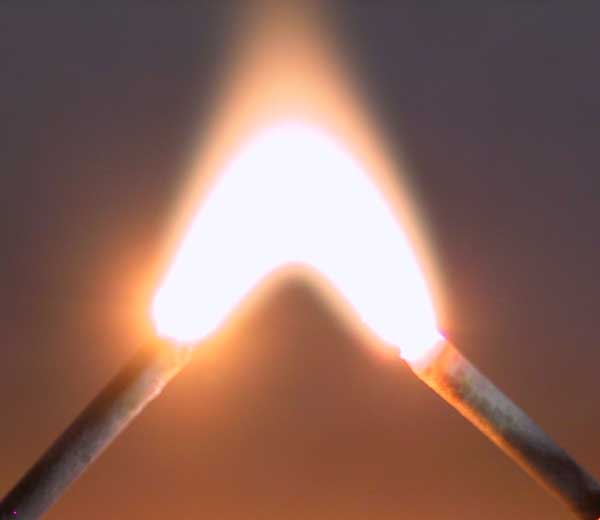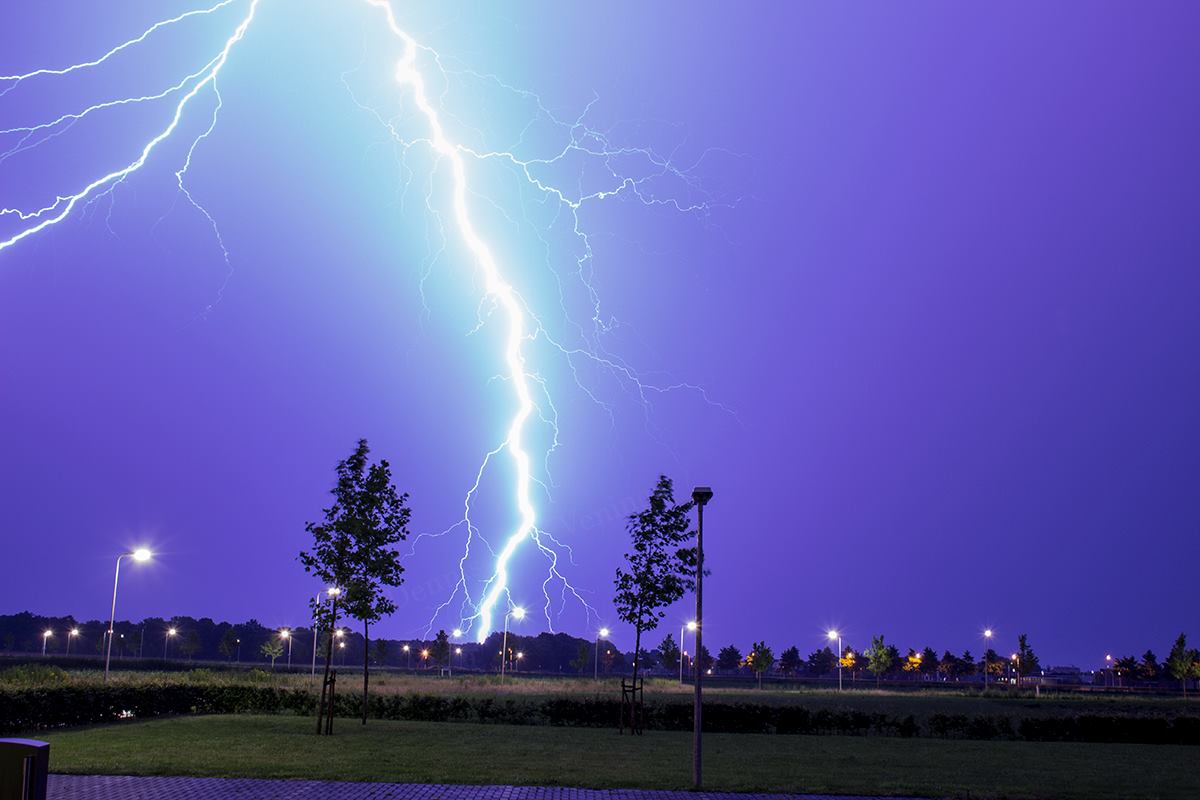|
Charge Carrier
In solid state physics, a charge carrier is a particle or quasiparticle that is free to move, carrying an electric charge, especially the particles that carry electric charges in electrical conductors. Examples are electrons, ions and holes. In a conducting medium, an electric field can exert force on these free particles, causing a net motion of the particles through the medium; this is what constitutes an electric current. The electron and the proton are the elementary charge carriers, each carrying one elementary charge (''e''), of the same magnitude and opposite sign. In conductors In conducting mediums, particles serve to carry charge. In many metals, the charge carriers are electrons. One or two of the valence electrons from each atom are able to move about freely within the crystal structure of the metal. The free electrons are referred to as conduction electrons, and the cloud of free electrons is called a Fermi gas. Many metals have electron and hole bands. In ... [...More Info...] [...Related Items...] OR: [Wikipedia] [Google] [Baidu] |
Solid State Physics
Solid-state physics is the study of rigid matter, or solids, through methods such as solid-state chemistry, quantum mechanics, crystallography, electromagnetism, and metallurgy. It is the largest branch of condensed matter physics. Solid-state physics studies how the large-scale properties of solid materials result from their atomic-scale properties. Thus, solid-state physics forms a theoretical basis of materials science. Along with solid-state chemistry, it also has direct applications in the technology of transistors and semiconductors. Background Solid materials are formed from densely packed atoms, which interact intensely. These interactions produce the mechanical (e.g. hardness and elasticity), thermal, electrical, magnetic and optical properties of solids. Depending on the material involved and the conditions in which it was formed, the atoms may be arranged in a regular, geometric pattern ( crystalline solids, which include metals and ordinary water ice) or irregul ... [...More Info...] [...Related Items...] OR: [Wikipedia] [Google] [Baidu] |
Electrolytes
An electrolyte is a substance that conducts electricity through the movement of ions, but not through the movement of electrons. This includes most soluble salts, acids, and bases, dissolved in a polar solvent like water. Upon dissolving, the substance separates into cations and anions, which disperse uniformly throughout the solvent. Solid-state electrolytes also exist. In medicine and sometimes in chemistry, the term electrolyte refers to the substance that is dissolved. Electrically, such a solution is neutral. If an electric potential is applied to such a solution, the cations of the solution are drawn to the electrode that has an abundance of electrons, while the anions are drawn to the electrode that has a deficit of electrons. The movement of anions and cations in opposite directions within the solution amounts to a current. Some gases, such as hydrogen chloride (HCl), under conditions of high temperature or low pressure can also function as electrolytes. Electroly ... [...More Info...] [...Related Items...] OR: [Wikipedia] [Google] [Baidu] |
Cathode
A cathode is the electrode from which a conventional current leaves a polarized electrical device such as a lead-acid battery. This definition can be recalled by using the mnemonic ''CCD'' for ''Cathode Current Departs''. Conventional current describes the direction in which positive charges move. Electrons, which are the carriers of current in most electrical systems, have a negative electrical charge, so the movement of electrons is ''opposite'' to that of the conventional current flow: this means that electrons flow ''into'' the device's cathode from the external circuit. For example, the end of a household battery marked with a + (plus) is the cathode. The electrode through which conventional current flows the other way, into the device, is termed an anode. Charge flow Conventional current flows from cathode to anode outside the cell or device (with electrons moving in the opposite direction), regardless of the cell or device type and operating mode. Cathode polarity ... [...More Info...] [...Related Items...] OR: [Wikipedia] [Google] [Baidu] |
Vacuum Tube
A vacuum tube, electron tube, thermionic valve (British usage), or tube (North America) is a device that controls electric current flow in a high vacuum between electrodes to which an electric voltage, potential difference has been applied. It takes the form of an evacuated tubular envelope of glass or sometimes metal containing electrodes connected to external connection pins. The type known as a thermionic tube or thermionic valve utilizes thermionic emission of electrons from a hot cathode for fundamental Electronics, electronic functions such as signal amplifier, amplification and current Rectifier, rectification. Non-thermionic types such as vacuum phototubes achieve electron emission through the photoelectric effect, and are used for such purposes as the detection of light and measurement of its intensity. In both types the electrons are accelerated from the cathode to the anode by the electric field in the tube. The first, and simplest, vacuum tube, the diode or Flem ... [...More Info...] [...Related Items...] OR: [Wikipedia] [Google] [Baidu] |
Vacuum
A vacuum (: vacuums or vacua) is space devoid of matter. The word is derived from the Latin adjective (neuter ) meaning "vacant" or "void". An approximation to such vacuum is a region with a gaseous pressure much less than atmospheric pressure. Physicists often discuss ideal test results that would occur in a ''perfect'' vacuum, which they sometimes simply call "vacuum" or free space, and use the term partial vacuum to refer to an actual imperfect vacuum as one might have in a laboratory or in space. In engineering and applied physics on the other hand, vacuum refers to any space in which the pressure is considerably lower than atmospheric pressure. The Latin term ''in vacuo'' is used to describe an object that is surrounded by a vacuum. The ''quality'' of a partial vacuum refers to how closely it approaches a perfect vacuum. Other things equal, lower gas pressure means higher-quality vacuum. For example, a typical vacuum cleaner produces enough suction to reduce air pressur ... [...More Info...] [...Related Items...] OR: [Wikipedia] [Google] [Baidu] |
Neon Sign
In the signage industry, neon signs are electric signs lighted by long luminous gas-discharge tubes that contain rarefied neon or other gases. They are the most common use for neon lighting, which was first demonstrated in a modern form in December 1910 by Georges Claude at the Paris Motor Show. While they are used worldwide, neon signs were popular in the United States from about the 1920s to 1950s. The installations in Times Square, many originally designed by Douglas Leigh, were famed, and there were nearly 2,000 small shops producing neon signs by 1940. Pages 221–223 describe Moore tubes. Pages 369–374 describe neon tube lighting. Page 385 discusses Risler's contributions to fluorescent coatings in the 1920s. Pages 388–391 discuss the development of the commercial fluorescent at General Electric in the 1930s. In addition to signage, neon lighting is used frequently by artists and architects, and (in a modified form) in plasma display panels and televisions. Paid acce ... [...More Info...] [...Related Items...] OR: [Wikipedia] [Google] [Baidu] |
Electric Arc
An electric arc (or arc discharge) is an electrical breakdown of a gas that produces a prolonged electrical discharge. The electric current, current through a normally Electrical conductance, nonconductive medium such as air produces a plasma (physics), plasma, which may produce visible light. An arc discharge is initiated either by thermionic emission or by field emission. After initiation, the arc relies on thermionic emission of electrons from the electrodes supporting the arc. An arc discharge is characterized by a lower voltage than a glow discharge. An archaic term is voltaic arc, as used in the phrase "voltaic arc lamp". Techniques for arc suppression can be used to reduce the duration or likelihood of arc formation. In the late 19th century, Arc lamp, electric arc lighting was in wide use for Street light#Arc lamps, public lighting. Some low-pressure electric arcs are used in many applications. For example, fluorescent lamp, fluorescent tubes, mercury, sodium, and met ... [...More Info...] [...Related Items...] OR: [Wikipedia] [Google] [Baidu] |
Plasma (physics)
Plasma () is a state of matter characterized by the presence of a significant portion of charged particles in any combination of ions or electrons. It is the most abundant form of ordinary matter in the universe, mostly in stars (including the Sun), but also dominating the rarefied intracluster medium and Outer space#Intergalactic space, intergalactic medium. Plasma can be artificially generated, for example, by heating a neutral gas or subjecting it to a strong electromagnetic field. The presence of charged particles makes plasma electrically conductive, with the dynamics of individual particles and macroscopic plasma motion governed by collective electromagnetic fields and very sensitive to externally applied fields. The response of plasma to electromagnetic fields is used in many modern devices and technologies, such as plasma display, plasma televisions or plasma etching. Depending on temperature and density, a certain number of neutral particles may also be present, in wh ... [...More Info...] [...Related Items...] OR: [Wikipedia] [Google] [Baidu] |
University Of Illinois At Urbana–Champaign
The University of Illinois Urbana-Champaign (UIUC, U of I, Illinois, or University of Illinois) is a public land-grant research university in the Champaign–Urbana metropolitan area, Illinois, United States. Established in 1867, it is the founding campus and flagship institution of the University of Illinois System. With over 59,000 students, the University of Illinois is one of the largest public universities by enrollment in the United States. The university contains 16 schools and colleges and offers more than 150 undergraduate and over 100 graduate programs of study. The university holds 651 buildings on and its annual operating budget in 2016 was over $2 billion. The University of Illinois Urbana-Champaign also operates a research park home to innovation centers for over 90 start-up companies and multinational corporations. The University of Illinois Urbana-Champaign is a member of the Association of American Universities and is classified among "R1: Doctoral Univ ... [...More Info...] [...Related Items...] OR: [Wikipedia] [Google] [Baidu] |
Proton Conductor
A proton conductor is an electrolyte, typically a solid electrolyte, in which H+ are the primary charge carriers. Composition Acid solutions exhibit proton-conductivity, while pure proton conductors are usually dry solids. Typical materials are polymers or ceramic. Typically, the pores in practical materials are small such that protons dominate direct current and transport of cations or bulk solvent is prevented. Water ice is a common example of a pure proton conductor, albeit a relatively poor one. A special form of water ice, superionic water, has been shown to conduct much more efficiently than normal water ice. Solid-phase proton conduction was first suggested by Alfred Rene Jean Paul Ubbelohde and S. E. Rogers. in 1950, although electrolyte proton currents have been recognized since 1806. Proton conduction has also been observed in the new type of proton conductors for fuel cells – protic organic ionic plastic crystals (POIPCs), such as 1,2,4-triazolium perfluorob ... [...More Info...] [...Related Items...] OR: [Wikipedia] [Google] [Baidu] |
Hall–Héroult Process
The Hall–Héroult process is the major industrial process for smelting aluminium. It involves dissolving aluminium oxide (alumina) (obtained most often from bauxite, aluminium's chief ore, through the Bayer process) in molten cryolite and electrolyzing the molten salt bath, typically in a purpose-built cell. The process conducted at an industrial scale, happens at 940–980 °C (1700 to 1800°F) and produces aluminium with a purity of 99.5-99.8%. Recycling aluminum, which does not require electrolysis, is thus not treated using this method. The Hall–Héroult process consumes substantial electrical energy, and its electrolysis stage can produce significant amounts of carbon dioxide if the electricity is generated from high-emission sources. Furthermore, the process generates fluorocarbon compounds as byproducts, contributing to both air pollution and climate change. Process Difficulties faced Elemental aluminium cannot be produced by the electrolysis of an aqueous ... [...More Info...] [...Related Items...] OR: [Wikipedia] [Google] [Baidu] |
Ionic Compound
In chemistry, a salt or ionic compound is a chemical compound consisting of an assembly of positively charged ions (Cation, cations) and negatively charged ions (Anion, anions), which results in a compound with no net electric charge (electrically neutral). The constituent ions are held together by Coulomb's law, electrostatic forces termed ionic bonding, ionic bonds. The component ions in a salt can be either inorganic compound, inorganic, such as chloride (Cl−), or organic chemistry, organic, such as acetate (). Each ion can be either monatomic ion, monatomic, such as sodium (Na+) and chloride (Cl−) in sodium chloride, or polyatomic ion, polyatomic, such as ammonium () and carbonate () ions in ammonium carbonate. Salts containing basic ions hydroxide (OH−) or oxide (O2−) are classified as Base (chemistry), bases, such as sodium hydroxide and potassium oxide. Individual ions within a salt usually have multiple near neighbours, so they are not considered to be part of m ... [...More Info...] [...Related Items...] OR: [Wikipedia] [Google] [Baidu] |









